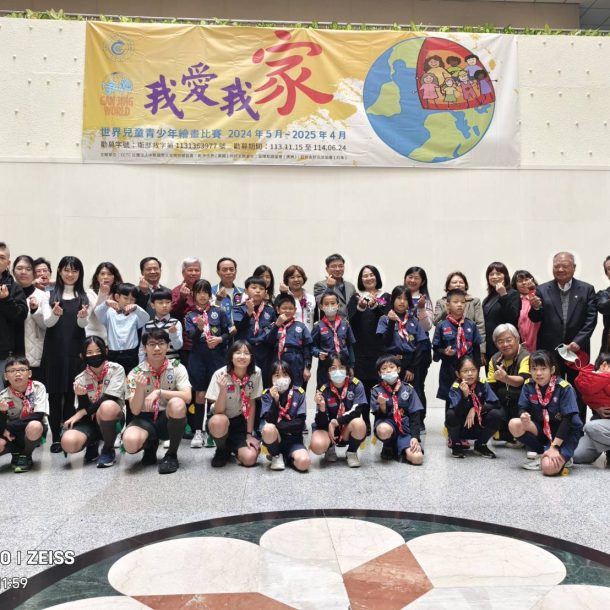
Architecture_
In Praise of Shadow Architecture_
In making for ourselves a place to live, we first spread a parasol to throw a shadow on the earth, and in the pale light of shadow we put together a house. There are of course roofs on Western house too, but they are less to keep off the sun than to keep off the wind and the dew; even from without it is apparent that they are built to create as few shadows as possible. If the roof of a Japanese house is a parasol, the roof of a western house is no more than a cap, with as small a visitor as possible so allow the sunlight to penetrate directly beneath the eaves. There are no doubts all sorts of reasons-climate, building materials-for the deep Japanese eaves. The fact that we did not use
glass, concrete, and bricks, for instance, made a low roof necessary to keep off the driving wind and rain. The quality that we call beauty,however, must always grow form the realities of life, and our ancestor,forced to live in dark rooms, presently came to discover beauty in shadows, ultimately to guide shadows towards beauty’s ends.
在為自己建造居住之所時,我們首先撐起一把陽傘,在大地上投下陰影,然後在這片淡淡的陰影中搭建房屋。西方的房屋當然也有屋頂,但它們的作用與其說是為了遮擋陽光,不如說是為了防風避露。從外觀上也能明顯看出,它們的設計是為了盡可能少地製造陰影。
如果說日本房屋的屋頂像一把陽傘,那麼西方房屋的屋頂就更像是一頂帽子,盡可能縮小庇護範圍,以便讓陽光直接照射到屋簷下。當然,日本房屋深邃的屋簷有許多原因——氣候、建材等。例如,我們沒有使用玻璃、混凝土和磚塊,因此需要低矮的屋頂來遮擋猛烈的風雨。然而,我們所稱之為「美」的品質,必須始終從生活的現實中生長出來。我們的祖先被迫生活在幽暗的房間裡,逐漸在陰影中發現了美,最終學會了引導陰影,讓它成為美的表現。




